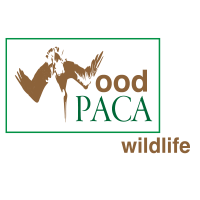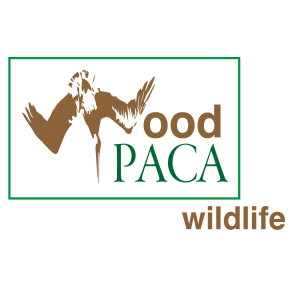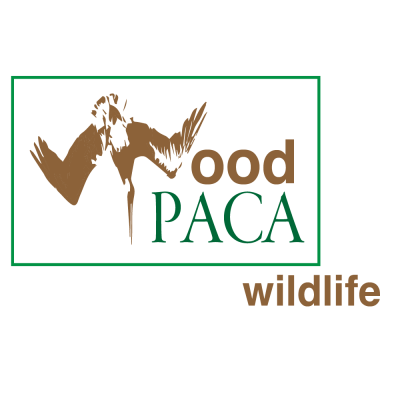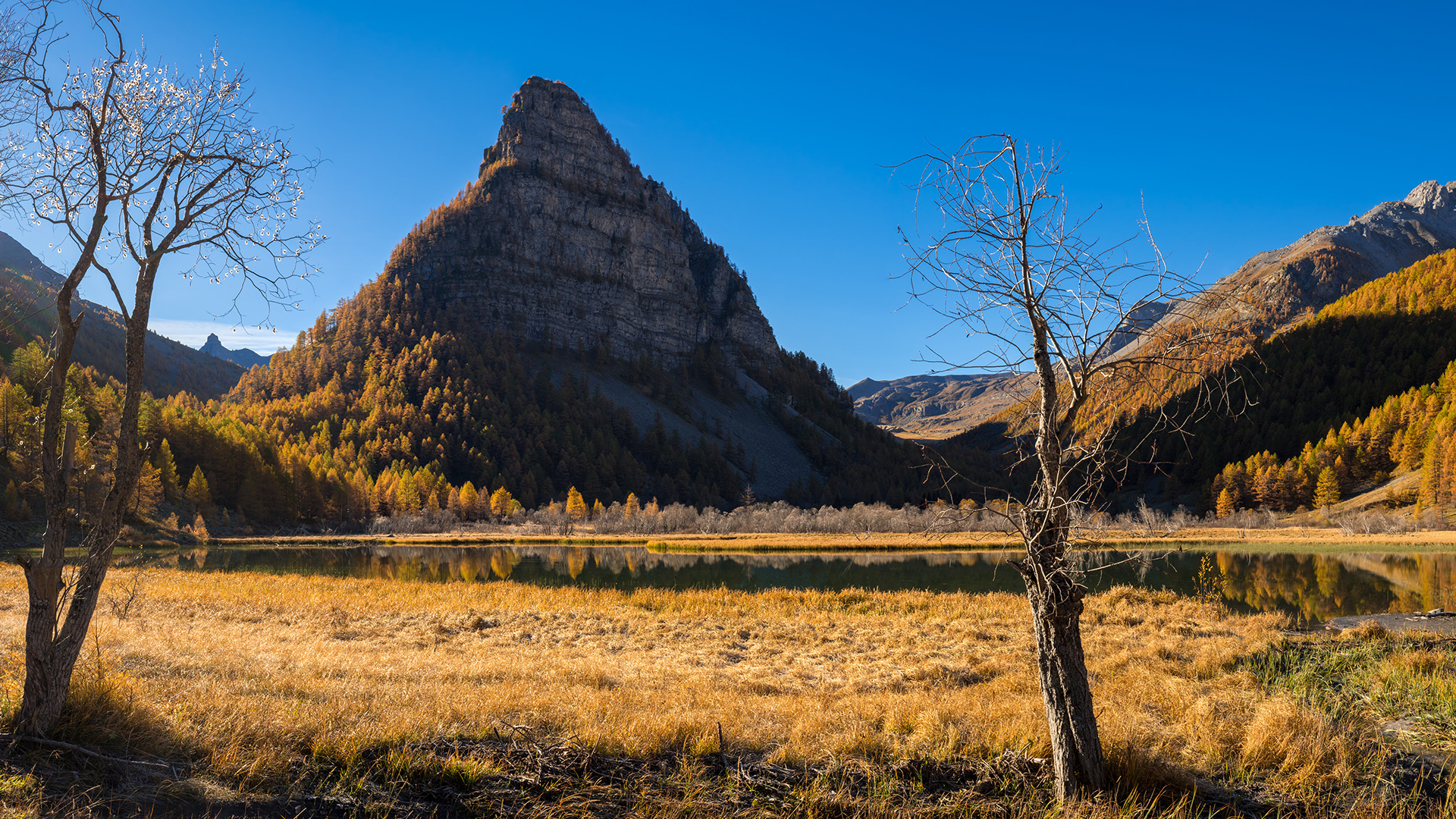
The Mercantour
The Mercantour
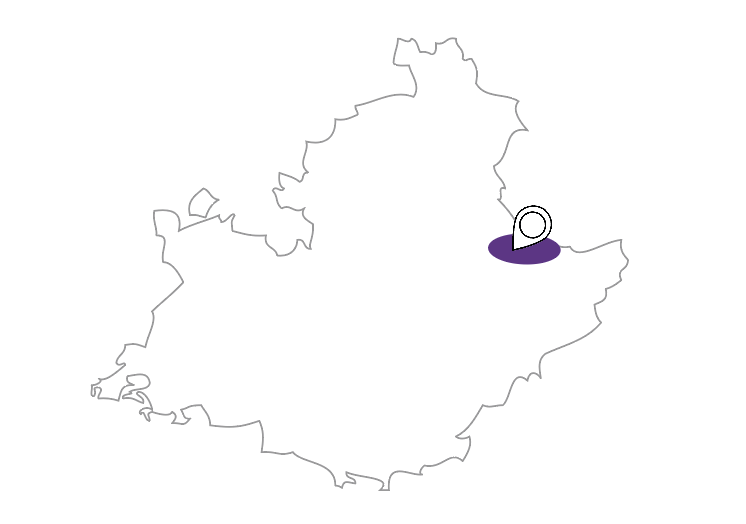
eastern front
eastern front
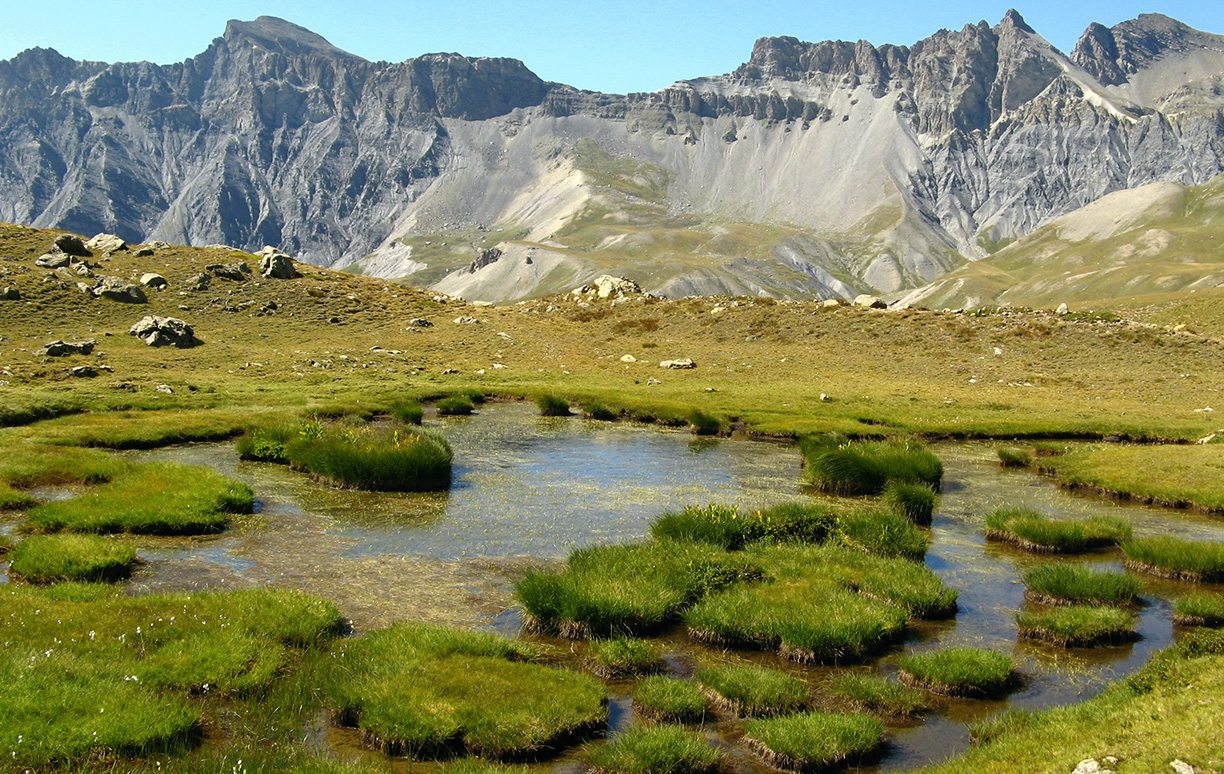
A rich tapestry of habitats
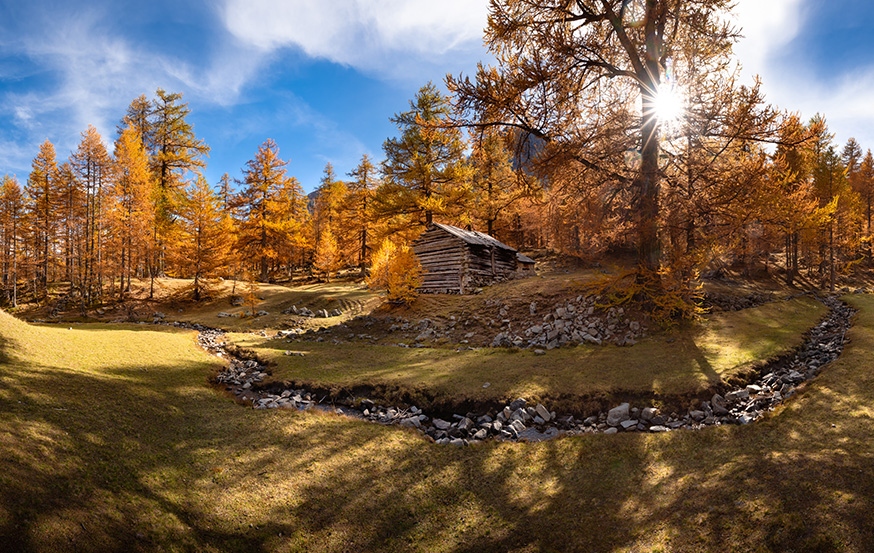
Life at altitude
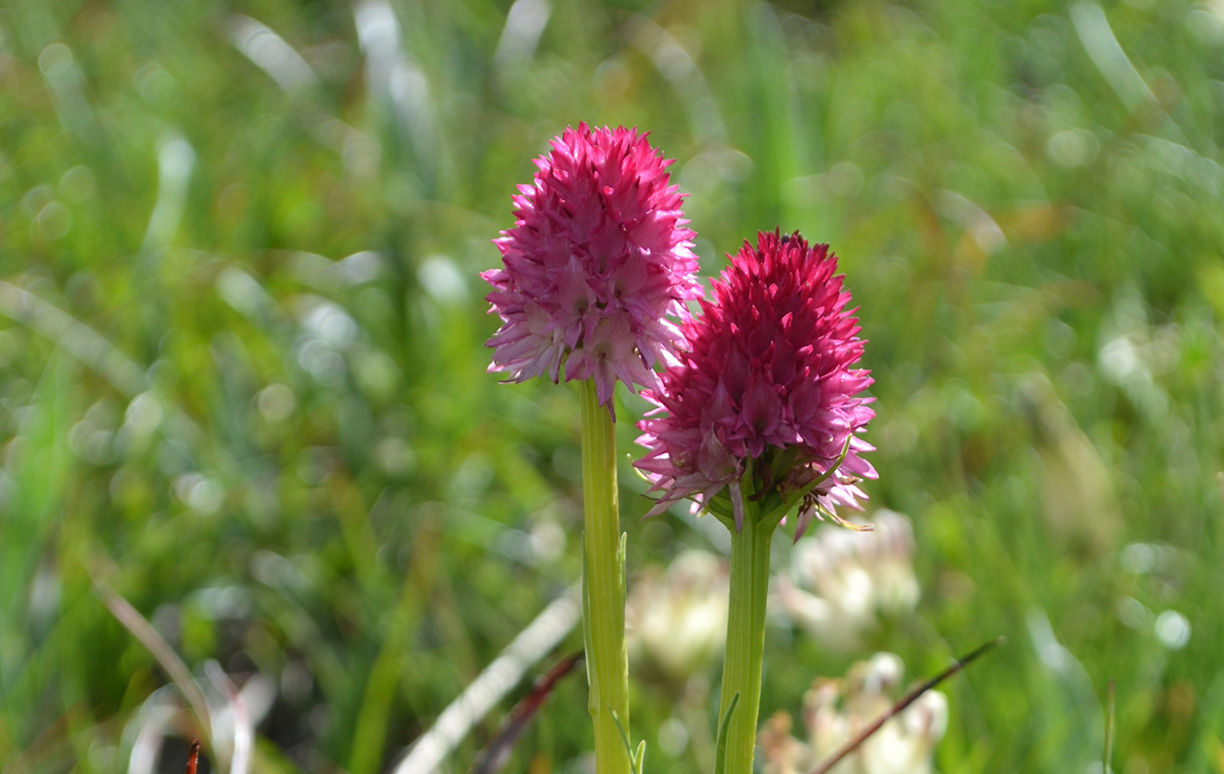
Survival strategy
Each plant species has developed a survival strategy that explains its presence in one environment or another. Unlike mobile organisms, plants live fixed to the ground, which exposes them more directly to the conditions of their environment: abiotic factors (temperature, rain, light) and biotic factors (influence by other plants and animals) including anthropogenic factors (human interference, loss of habitat, pollution).
The Mercantour National Park is home to an extraordinary wealth of flora that contains around 43% of the native plants of France. About a hundred plant species have a restricted range so can be broadly defined as endemic.
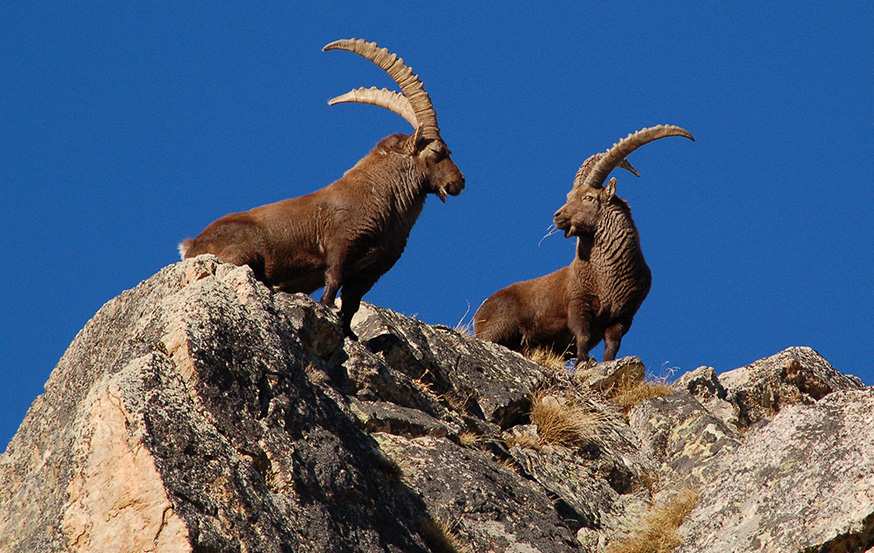
A biological hotspot
At a national level the Mercantour is one of the richest parks in terms of its biodiversity and the percentage value of the country’s native species found here are:
Large herbivores 100%
Rodents/Micromammals 92%
Bats 82%
Nocturnal birds of prey 82%
Diurnal birds of prey 67%
Carnivores 56%
Dragonflies 52%
Wild bees 48%
Passerines 34%
Spiders 33%
